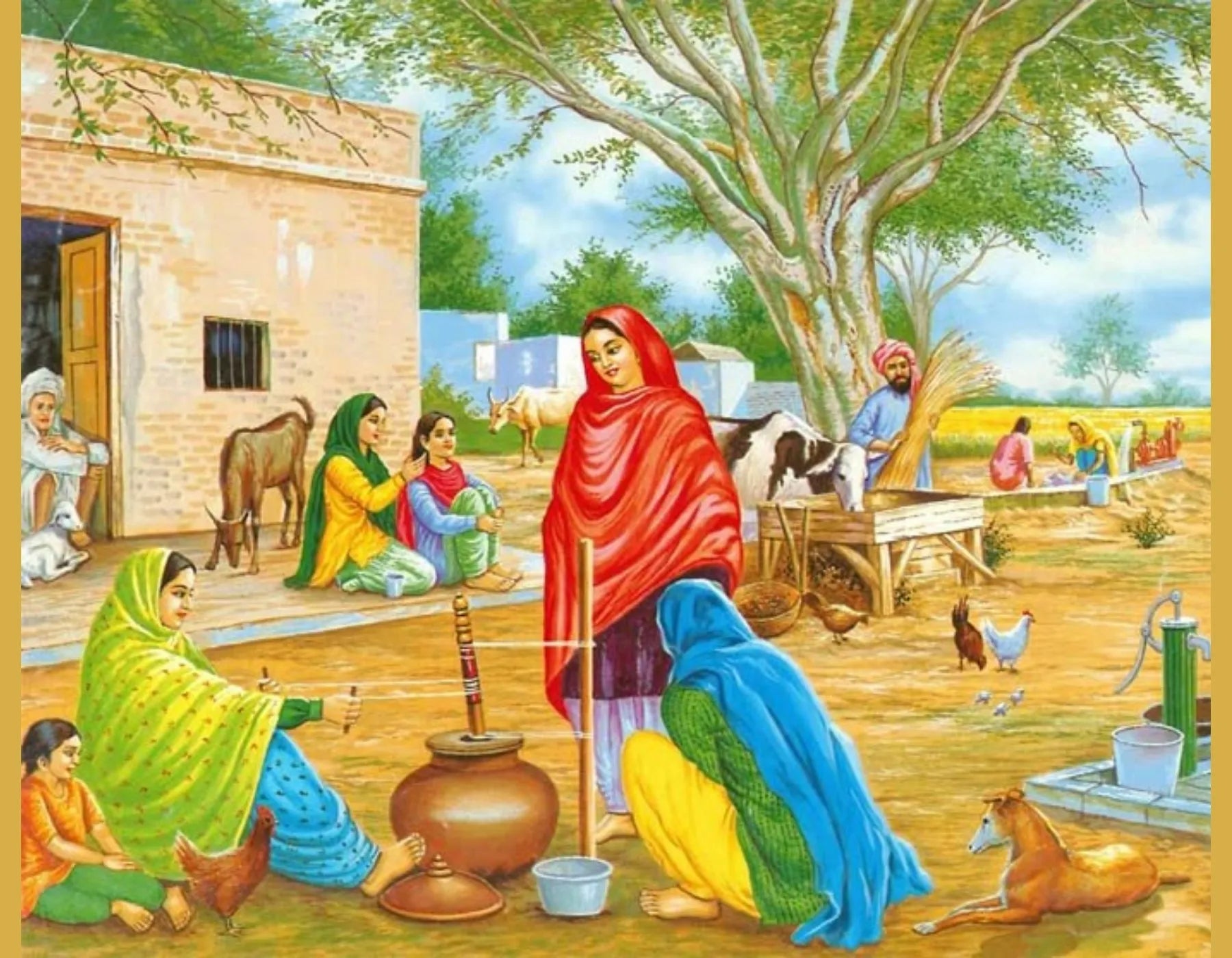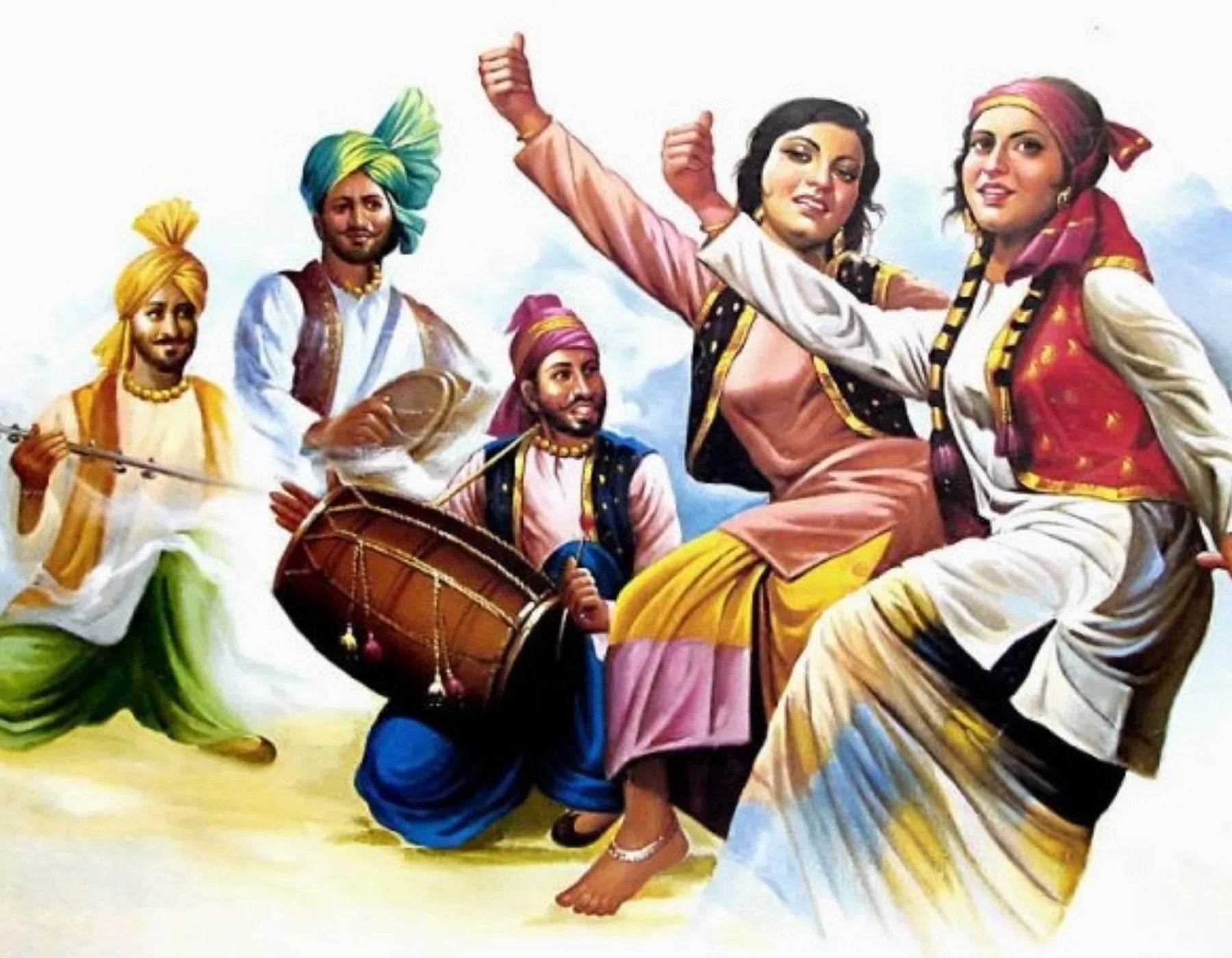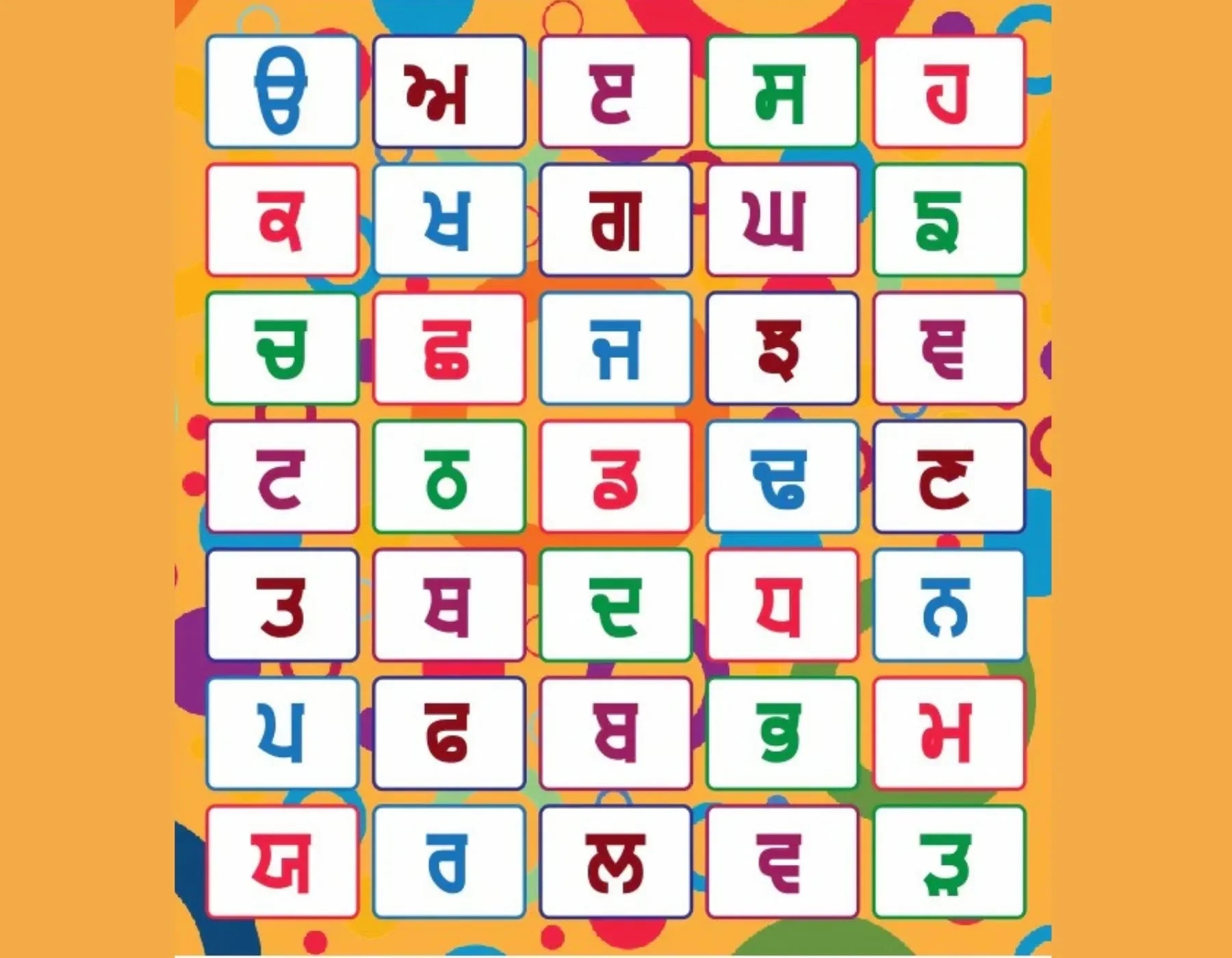
Why Our Grandparents’ Pinds Were Built Different
The Foundation of Resilience: A Way of Life in Old Punjabi Villages
In the heartland of Punjab, our grandparents’ pinds (villages) were not just physical settlements—they were ecosystems of resilience, values, and unshakable pride. These ancestral villages were built on principles far beyond brick and mortar. They were crafted with the spirit of community, the sanctity of tradition, and the wisdom of self-sufficiency. Today, as we grapple with modernization and digital isolation, it becomes increasingly clear that the pinds of our forefathers were built different, and in many ways, built better.
Community First: The Soul of the Old Pind
In every traditional Punjabi pind, community was not a concept—it was a daily practice. Neighbors were extended family, and the entire village functioned as a tightly knit unit. Langar, communal farming, shared wells, and collective decision-making were common threads that wove the village together.
Children didn’t grow up under a single roof—they were raised by the village. Elders weren’t isolated—they were respected voices whose words carried weight. Disputes were settled not in courts, but under the shade of a banyan tree, often through village councils or panchayats, fostering harmony without bureaucracy.
Agricultural Ingenuity and Hard Work
Our grandparents’ generation knew the soil like the back of their calloused hands. Farming was not just a livelihood—it was an identity. Every field was a testament to discipline, patience, and ancestral knowledge passed down for generations. Before chemical fertilizers and mechanized farming, these villagers relied on organic composting, seasonal cycles, and lunar calendars to guide their agricultural rhythm.
They rose with the sun and retired with the stars. Oxen plowed the land, water came from meticulously built canals or hand-dug wells, and every harvest was a shared triumph. This deep, respectful relationship with the land created not just sustenance, but legacy.

Homes Made of Earth and Heart
The architecture of old pinds reflects sustainability and environmental consciousness long before these were buzzwords. Homes were constructed using mud, clay, cow dung, and thatch—natural materials that kept interiors cool in summer and warm in winter. Courtyards were central to every home, functioning as both workspace and communal space for storytelling, food preparation, and evening chai.
Each household had a baari (kitchen garden) where seasonal vegetables thrived, and a chulha (mud stove) where meals were prepared with love, not haste. Nothing was wasted, and everything—from food to cloth—was repurposed, mended, or bartered.
Unbreakable Family Structures
Joint families were the norm, not the exception. Grandparents, uncles, aunts, cousins, and siblings all lived under the same roof or within walking distance. This structure provided emotional security, generational wisdom, and strong social grounding. Weddings, births, festivals, and even funerals were collective experiences—moments that brought people together rather than apart.
Discipline was taught not through fear, but through responsibility. Boys and girls alike contributed to daily chores, learning values like sewa (service), sharam (dignity of labor), and izzat (honor) from an early age.
A Culture of Self-Reliance and Skill
Our grandparents were multi-skilled by necessity, not by choice. They knew how to till land, fix tools, build fences, stitch clothes, and even create their own medicines using desi remedies. The village blacksmith, potter, weaver, and carpenter were not just service providers—they were custodians of indigenous knowledge systems.
Education, although limited in formal settings, was omnipresent in practical terms. Wisdom was passed orally, often in the form of proverbs, folk tales, and songs—each layered with cultural teachings and moral grounding.

Sacred Roots: Faith and Spiritual Discipline
Every pind had its spiritual heartbeat. Be it the gurdwara, the dargah, or a humble shrine under a peepal tree—faith was omnipresent. Our grandparents practiced Sikhi, Islam, or Hinduism with sincerity, humility, and a sense of personal connection.
Simran (meditative prayer), kirtan, and communal ardaas anchored the village spiritually. Religion was not about division—it was about devotion. Festivals like Vaisakhi, Lohri, Diwali, and Eid were celebrated together, and langar was served irrespective of caste, creed, or class.
Minimalism with Maximum Meaning
In contrast to today’s consumption-driven world, the elders of our villages lived minimalist lives enriched with maximum values. Clothing was simple, functional, and stitched by local hands. Jewelry, often symbolic, was passed from generation to generation. Material wealth was measured not in possessions, but in how much one contributed to the well-being of others.
Every item had a purpose, every gift had a story, and every tradition had depth. There was no obsession with trends, only with timelessness.
Legacy of Honor and Courage
Let us not forget that these same pinds produced some of the bravest freedom fighters, farmers, and soldiers. From resisting colonial rule to defending borders, Punjabi villages stood at the frontlines of history. Their grit wasn’t just physical—it was moral and spiritual. Shaheedi (martyrdom) was not feared, but embraced as a duty.
Our grandparents carried their identity with pride. Their turban, kada, and language were not just cultural artifacts—they were shields of honor. They did not dilute themselves to fit in; they built communities so rooted that others had no choice but to respect them.
Conclusion: A Blueprint Worth Returning To
In every cracked wall, every faded photograph, and every untold story of our ancestral villages lies a blueprint for resilient, value-based living. Our grandparents’ pinds were built different not because of superior tools or technology—but because of their unshakable commitment to values, unity, hard work, and honor.
As we move forward, let us not lose sight of these lessons. Let us preserve the essence of these pinds—not just in nostalgia, but in action.


